GET IN TOUCH
- Please wait...

At LightCastle, we value the habit of reading because it aligns with our founding vision of fostering a knowledge-driven economy that inspires impact. Whether you’re an entrepreneur, a development practitioner, or a driven university student, the book reviews from our consultants should pique your interest and inspire you to learn more.
This is the second part of the series of what our consultants have read in the past year. In the previous part, we covered 10 book reviews from our team. In this second part, we present 6 more reviews to you. We hope you enjoy reading about our best reads in 2022.
Author: Wasim Akram & Gideon Haigh
Reader: Ivdad Ahmed Khan Mojlish, Co-Founder & Managing Director, LightCastle Partners
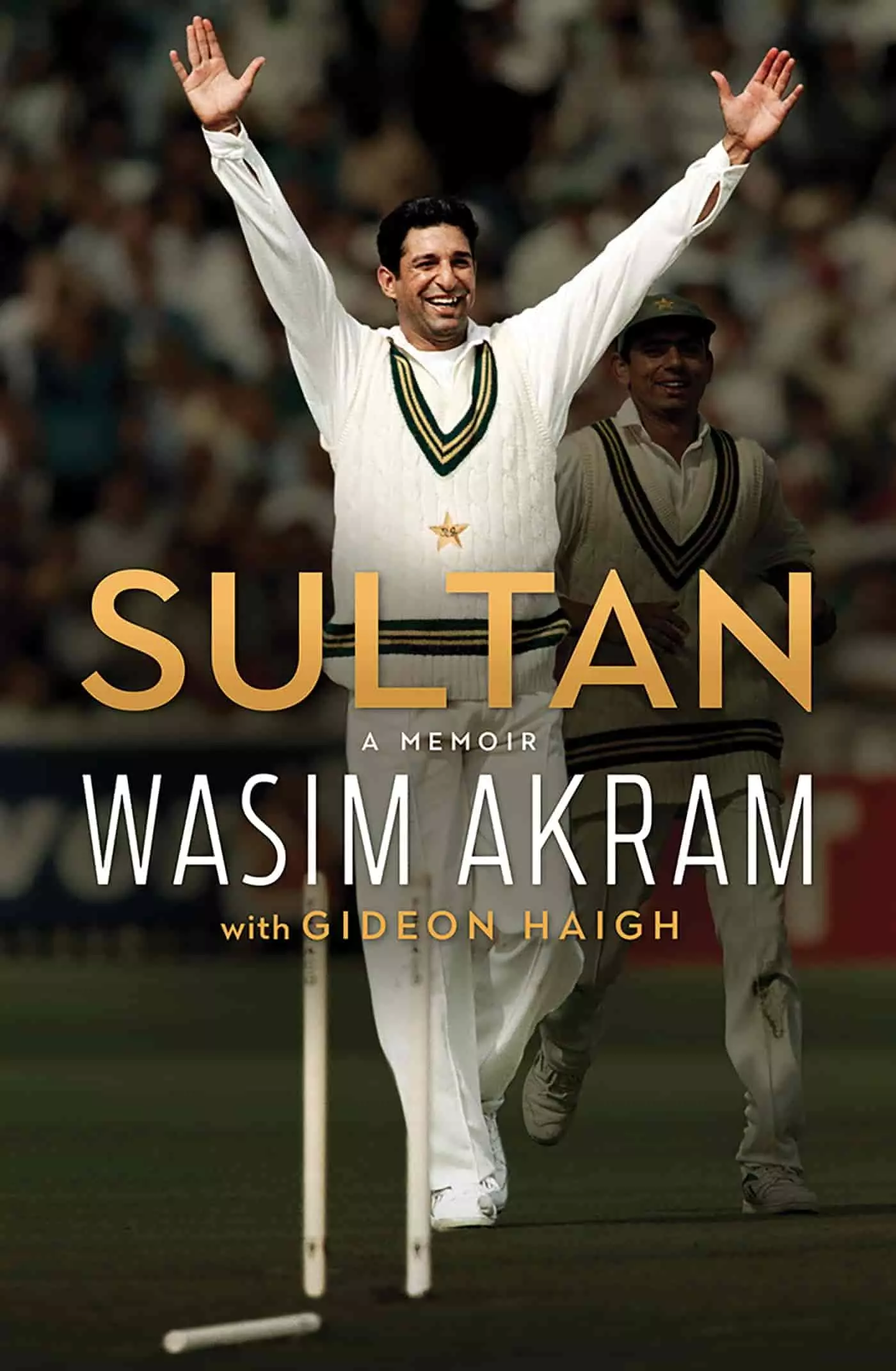
It is the story of one of the best left-arm fast bowlers in the cricketing world. A story of the coming-of-age of the boy wonder, who was picked from the corners of a street in Lahore, Pakistan. The story of how later he goes to revolutionize the world of cricket with his speed and swing, not to mention remains a source of inspiration for many who followed – and continue to follow – since then.
I liked how Wasim has bared it all, articulating both the public and the private moments in great detail. As we all know, Pakistan cricket has been marred by its fair share of controversies and conspiracies for a long time. What were the internal conversations? Who played what role in engendering such drama, and more were all discussed profusely in the book. All these are quite relatable in the business world, too, and navigating through such complex scenarios requires a great deal of patience, perseverance, grit, and intellect. To that end, Wasim proffers guidance on how to use a mixture of managing relationships, siding with loyalty, and steering clear of ambiguity to achieve the best possible outcome in his career.
The come-back! A leader knows when to back out and when to step back in. Being appointed as the skipper quite early in his career, Wasim attempted to lead the team back to shape. However, soon afterward, that led to a series of other teammates staging protests against playing under his leadership. Keeping the bigger picture and the expectations of one of the game’s most fanatical public in mind, he stepped back. The next two years were very hard for him as he continued to play with teammates, who didn’t show him enough respect, but he still managed to perform, gathered back respect, and eventually when the team was again falling back into the doldrums, stepped up to take the leadership reins back and start performing better as a team.
Author: Hermann Hesse
Reader: Sutopa Ahmed Aurchee, Business Analyst, LightCastle Partners
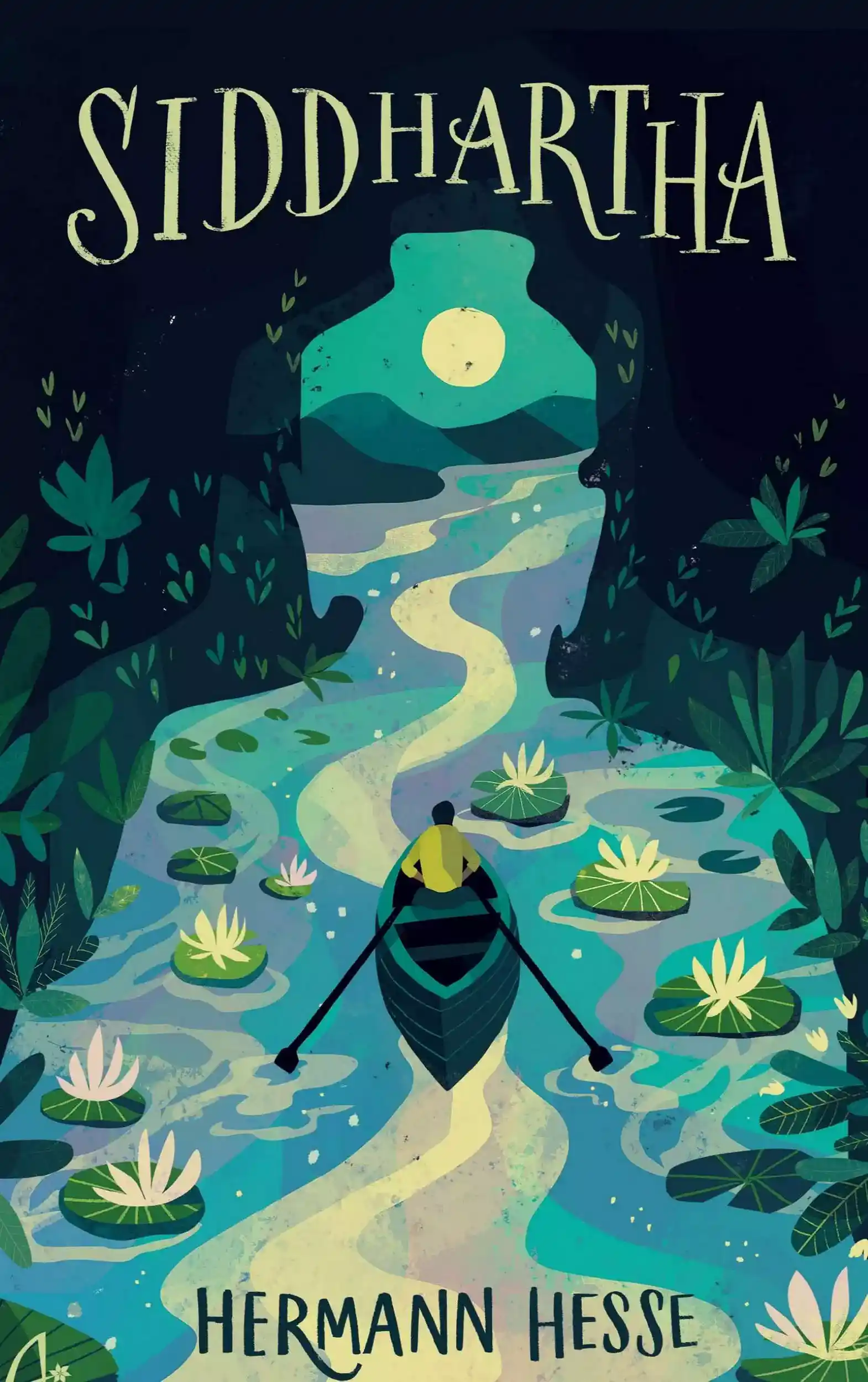
Siddhartha is a 1922 novel, written by Hermann Hesse that deals with the spiritual journey and self-discovery of a man named Siddhartha during the time of the Gautama Buddha. He pursues different walks of life to understand himself better.
Siddhartha is a book that centers around a man’s journey to find the true meaning of life and peace. The work is well written and thought out and does a terrific job in depicting that what we are looking for is often with us all along. It teaches us to look for answers within ourselves as well and seek clarity of mind and thinking. It has a refreshing perspective on lifestyle.
My favorite part in the book was when the protagonist learns to find answers to deep philosophical questions within himself. He only learns to find this answer once he has experienced different walks of life, once as a disciple of the Buddha, another as a merchant, and another as a lover. From each experience, he learns something new and then finally decides to live it all too. Siddhartha returns to the river fed up with life and disillusioned and falls into a meditative sleep, and is saved only by an internal experience of the holy word, Om.
The book craftily explains through Buddhist and Hindu philosophies that life is an all-encompassing journey that will eventually show all mankind what it is looking for. We suffer and struggle mightily through banal everyday tasks, but perhaps this daily grind of being in a symbiotic relationship with other life is what inner peace really is.
Author: Christopher McDougall
Reader: Mustafa S. Hamid, Business Consultant, LightCastle Partners
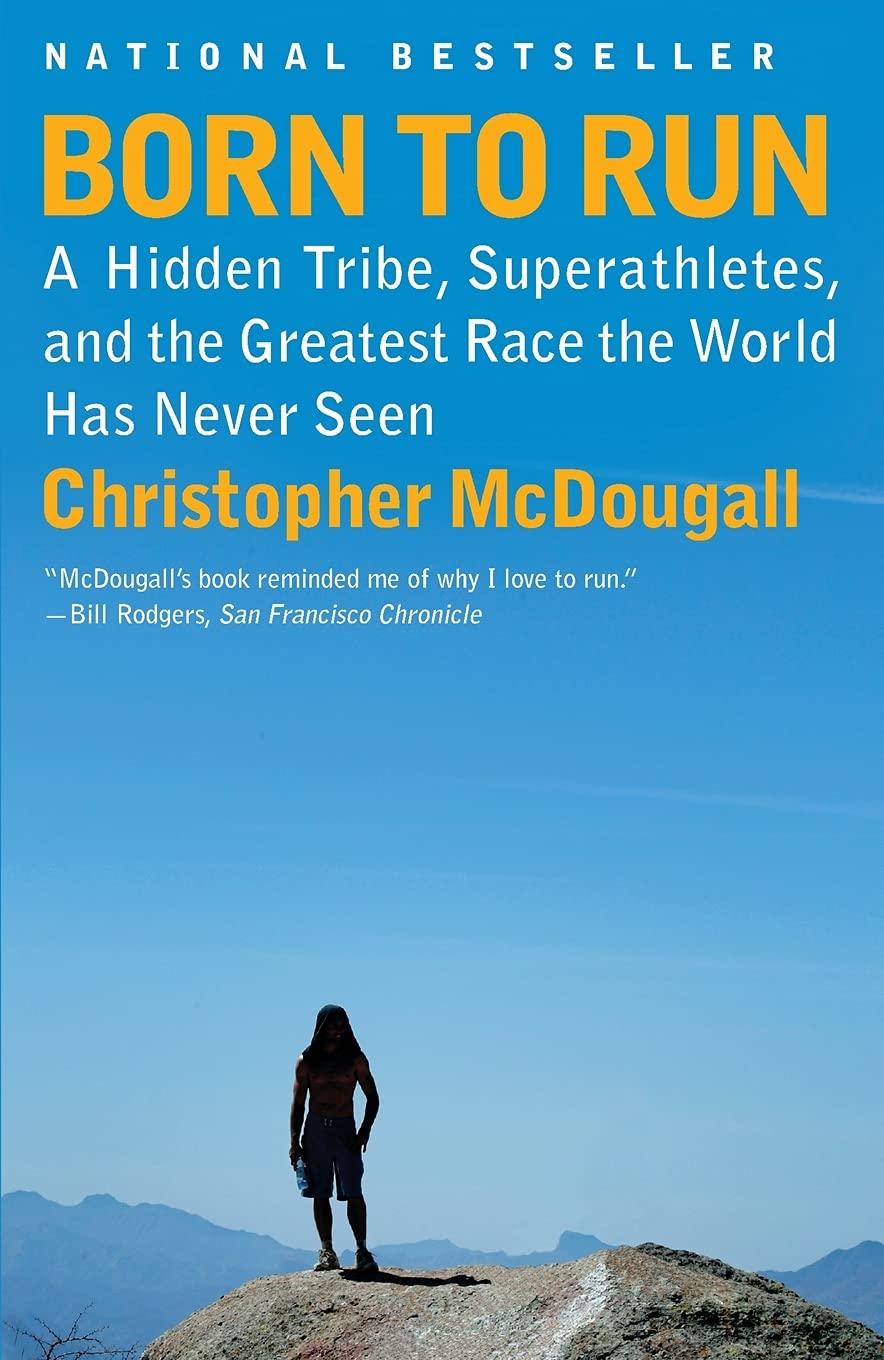
Even though the book’s main topic is about running, it is different from a typical guide to mastering this skill. It is a story about a Mexican tribe whose members are the world’s most amazing long-distance runners. Moreover, it highlights the narrative that humans were biologically designed to run, which is the ideal way to live and, thus, make the world a better place.
One might expect this book to follow an instructive and informative tone. While that is true to a certain extent, the book is full of exciting real-life stories of people, along with important takeaways and simple pointers to apply in our own lives. The author builds the flow of the book in such a way as to keep the reader constantly engaged.
The races described in the book are its most thrilling and dramatic component. It is full of cliffhangers to build suspense, keeping the reader always guessing about the next crucial event.
Besides the running aspect, the book emphasizes values such as dedication, consistency, integrity, teamwork, discipline, and respect for all. In order to become a better runner or athlete, one must also become a better person.
Author: Daniel H. Pink
Reader: Ismat Ara Shimi, Business Analyst, LightCastle Partners
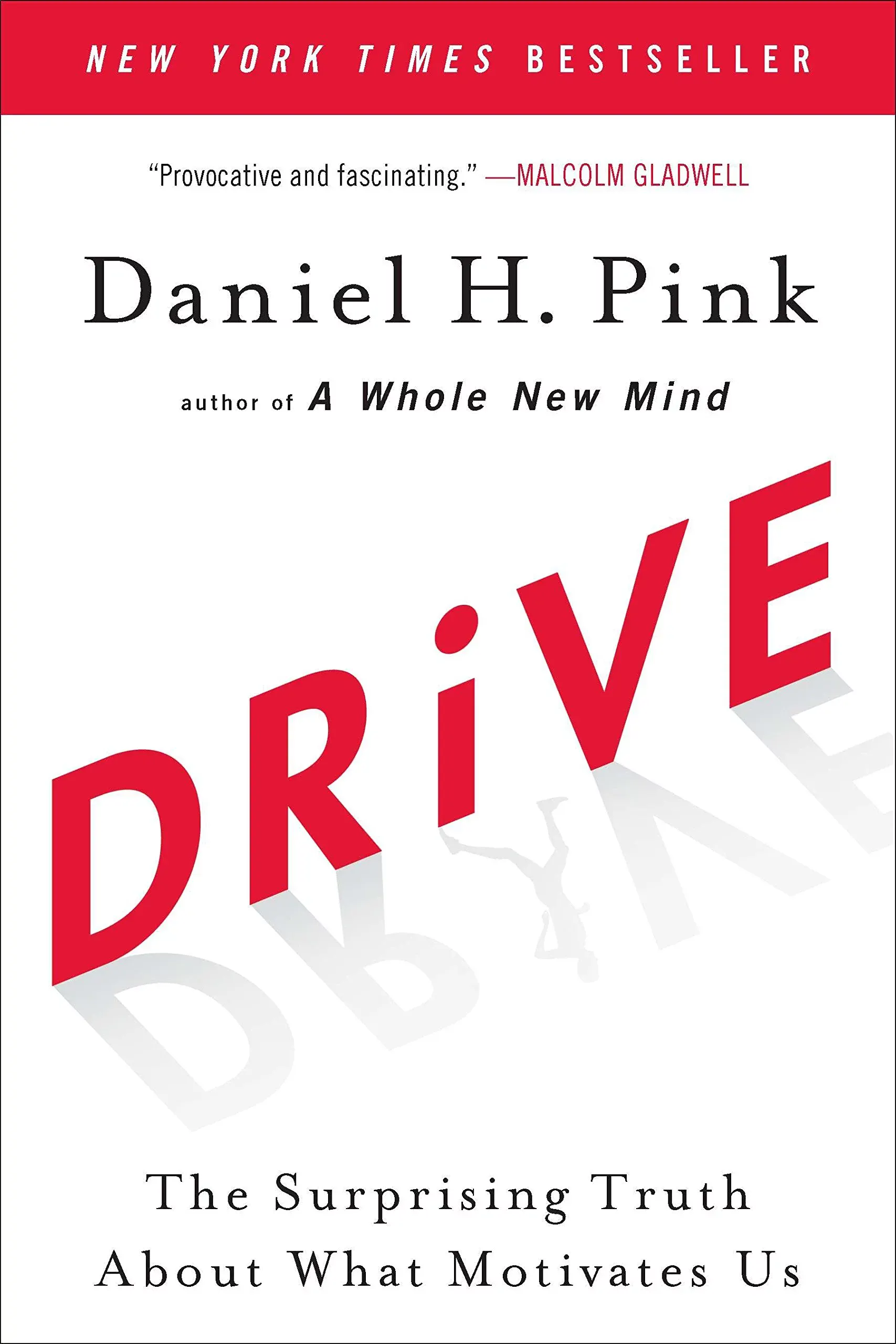
The book argues that what we believe about human psychology as a rational denominator is often not the case. The traditional reward mechanism scheme limits human perception and focus. Intrinsic rewards – Motivator 3.0 alternatively offers self-direction, engagement, and purpose. The author further illustrates how in the face of the 21st economy, businesses must step in to design an effective incentive mechanism to foster creativity while providing a sense of urgency and significance.
The book explores elements of human motivators based on decades of behavioral science research, and facts, inspiring one to be self-reflective in understanding what drives us. The key is to serve a purpose beyond the horizon by taking ownership of a task and engaging in the persistent practice to achieve mastery.
I loved how the author explained why “Carrots and Sticks” approach often don’t work and why Motivation 3.0 foster a better sense of self and bring a radical shift to performance.
Most human actions depend on the intrinsic motivation factors that stem from our pursuit of serving a clear and worthy purpose. When we don’t have a meaningful reason, we tend to take destructive measures to find one.
Author: Chris Voss & Tahl Raz
Reader: Md. Mubassir Rahman, Senior Business Consultant, LightCastle Partners
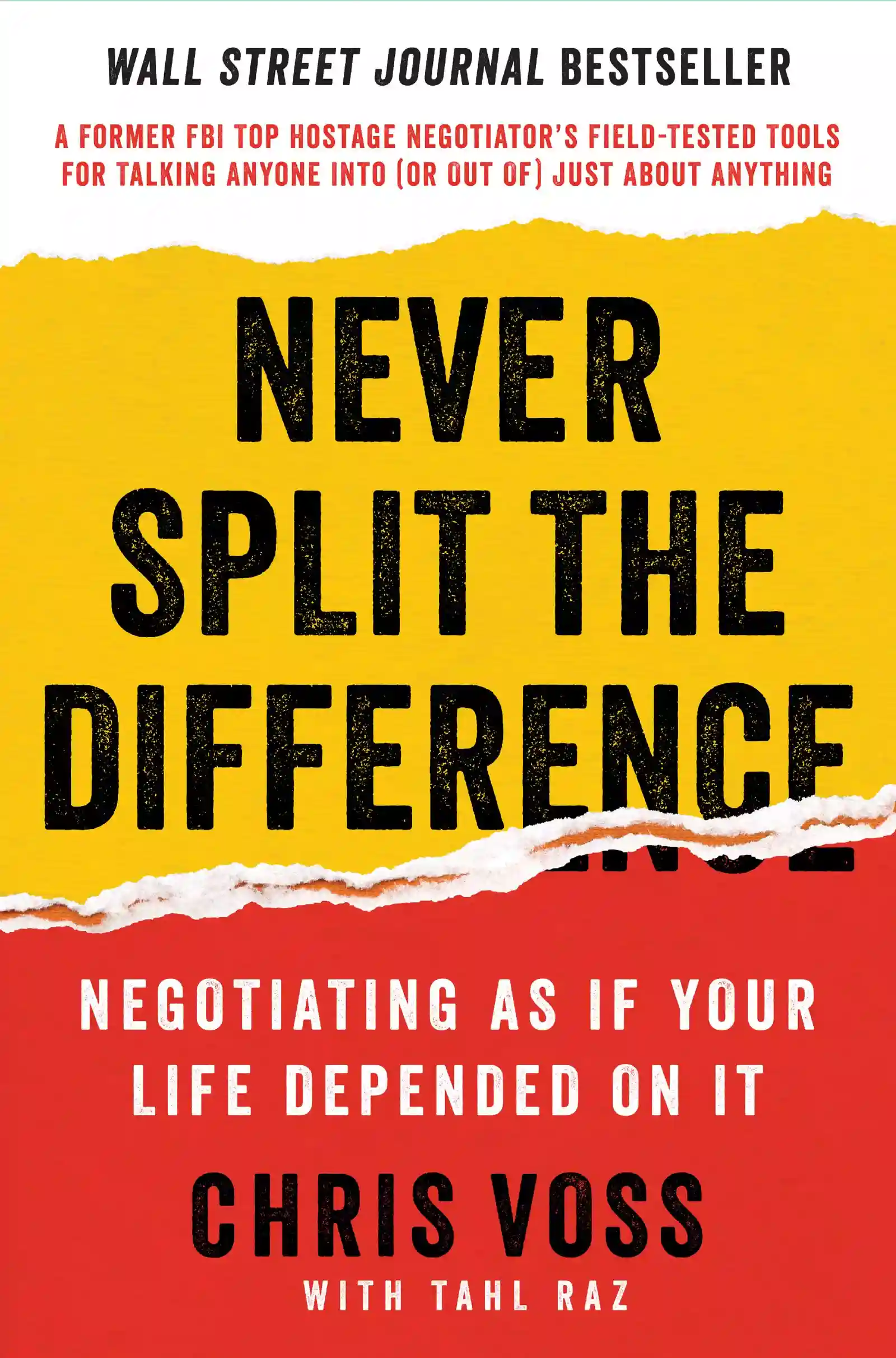
Rooted in the real-life experiences and techniques of a professional negotiator, Never Split the Difference gives an fresh perspective on negotiations and how to get competitive edge in any discussion.
The outgoing year, 2022, has seen major ups and downs in the global economic landscape making consultants scramble for new ideas and way forwards. Among all the surprising news on the business and politics fronts, one has to keep the reading list churning. As a personal target I have had the chance to read some of the great classics in the non-fiction genre such as: Sun Tzu’s ‘Art of War’, Lao Zhu’s ‘Tao Te Ching’. Our connection with Hinduism also provoked me to look into the Upanishads as well.
Interestingly, for the LightCastle’s book review I wanted to share my take on Chris Voss’s ‘Never Split the Difference’. The reason being that in the book shows some of the age-old concepts for negotiations with a twist that makes the concept effective in context and helped me to see the bigger picture from the other side.
Let’s get down to the key things I found useful from a negotiator’s perspective and I think might be useful for any reader.
For negotiation the first thing in this book by the FBI negotiator that hit me was the phrase, “Negotiate like your life depends on it”. Though it’s self-explanatory, it took me a while to get accustomed to applying this idea in day-to-day straightforward negotiations, such as: fares, grocery bills and rent-a-cars. Nonetheless, the outcome was amazing. When people understand your stance and motif, they’ll carve their expectations.
The next concept that I adopted was to give less emphasis on getting a ‘yes’ from counterparts and mastering ‘no’. Thinking through this, it makes sense to work on the attributes where people are decided upon or rigid. Those attributes can be explored to find out workable areas for effective agreement.
Walking along this line, another step can be to mirror their situation and thought processes. This helps one to empathize with the counterpart. Empathizing is very important to understand the scenario and finding out where to push for and where to give space.
However, it’s also important to label their emotions and priorities but not get bogged down by the associated feelings. Labelling can be easily done with the phrases such as: “it sounds like …”, “it seems like …”, “it looks like …”. The next technique while approaching a common ground is to use the phrase “that’s right!” instead of a mere “yes” which might be lacking confidence and control.
Finally, throughout the transition to an agreement point, exerting an illusion of control can be achieved with calibrated questions such as:
These questions will help to retain command yet at the same time doesn’t border along unfairness. Empathy and fairness are also important to maintain when we’re trying to bend the realities of our counterparts. That is where the game lies!
‘Never Split the Difference’ has been a great read and helped me to look at negotiations with a fresh and wholesome perspective. The techniques were fascinating and highly useful. Lastly, I want to mention ‘The Ackerman Model’ of offer and counteroffer method that we often use subtly. When we understand the model, we can use it even more confidently. So, just look it up!
Author: Mitch Albom
Reader: Wasema Rahman Sreya, Trainee Consultant, LightCastle Partners
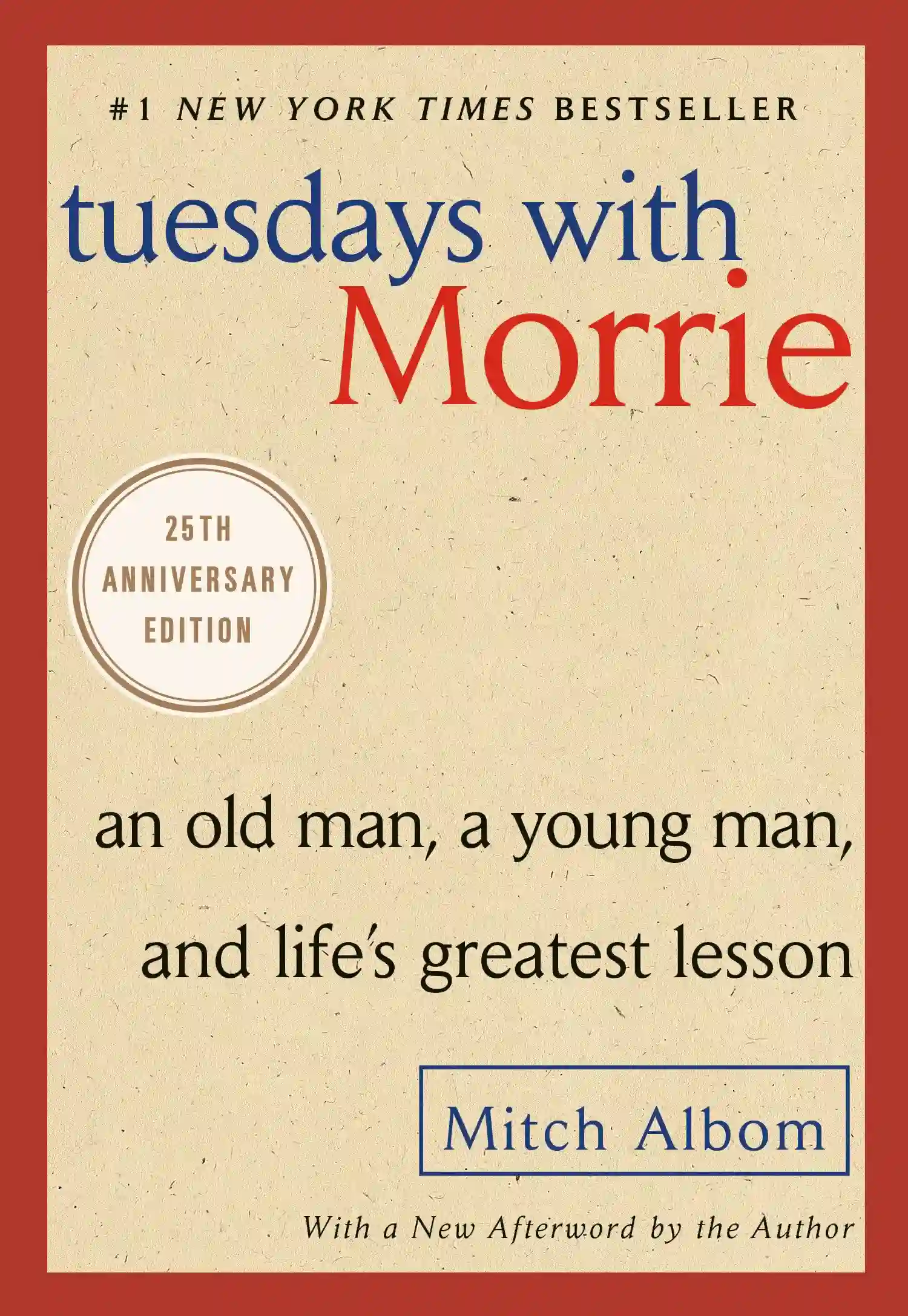
This book captures the conversations between a university professor diagnosed with Amyotrophic Lateral Sclerosis (ALS) and one of his old students. As Morrie (the professor) is nearing his imminent death, he departs on to Mitch (his student) the many lessons he learned throughout his time on earth.
Based on the author’s actual experiences, the book provides a unique perspective into the thoughts of a man awaiting his death. While this might bring about feelings of dread in many, to my surprise, Morrie, throughout the book, showed a kind of optimism about his situation that helps ground the reader in their own life.
My favorite part of the book was an excerpt where Morrie explains that only when humans realize and understand death can they truly begin living. He explains a practice where he imagines a bird sitting on his shoulder every day and asks the bird, “Is today the day I’m going to die?” Once he realizes that the answer could very well be “yes”, he stops taking the smaller things in life for granted.
A valuable lesson from the book would be for us to stop thinking that our life ends with us, that we exist in silos. As Morrie says in the book – we are not just a wave, we are a part of the ocean.
Our experts can help you solve your unique challenges
Stay up-to-date with our Thought Leadership and Insights